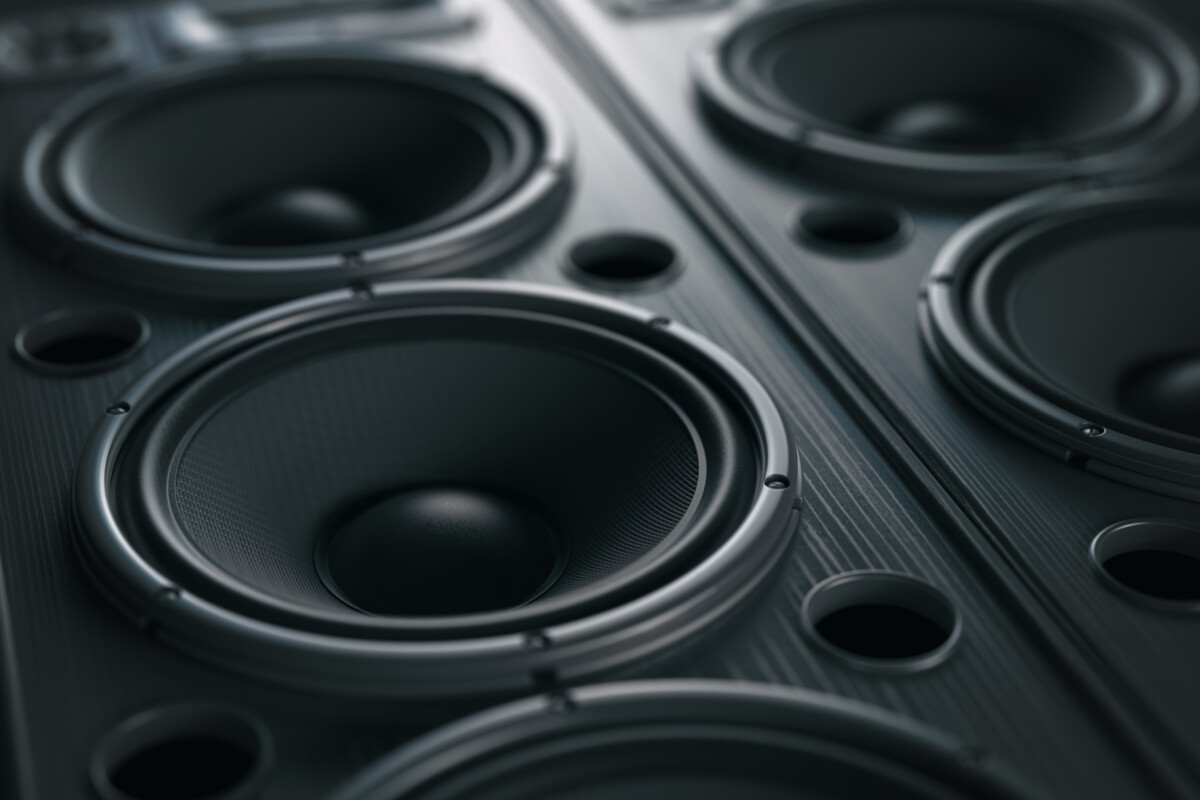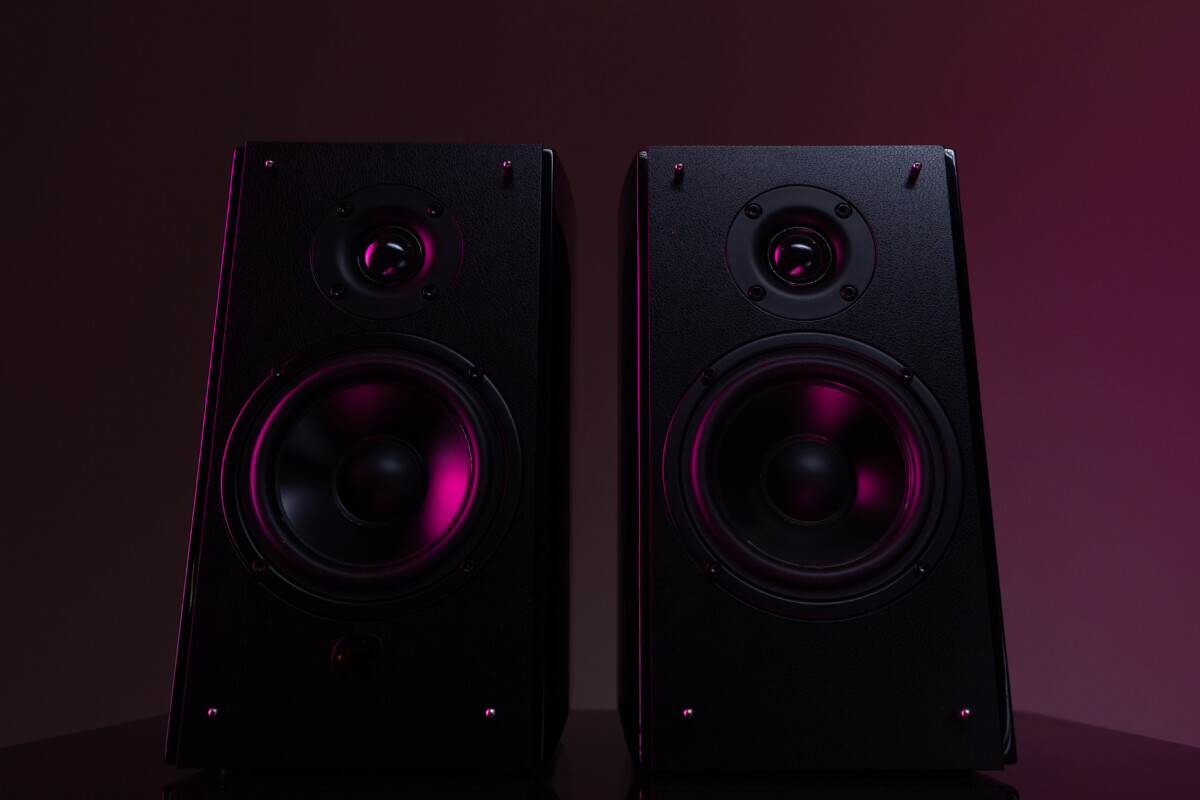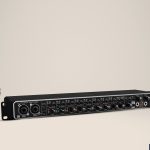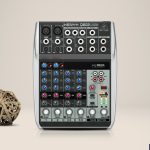
Are you ready to learn about full range speakers and the exciting world of audio technology? These speakers have some incredible qualities that set them distinct from other sorts, and we’ll look at what makes them so unique in this article.
We’ll go over the technical aspects used to describe full-range speakers and explain what they mean. Youll also discover the various types of full-range speakers and how to select the best one for your needs.
This article is for you whether you enjoy music, are a profesional audio engineer, or simply want to learn more about audio technology. So, take a seat, relax, and let’s get started!
What is a full range speaker
All of your audio needs can be satisfied with a full-range speaker. From incredibly low bass to extremely high trebles, it is capable of producing a wide variety of sounds. It varies from regular speakers in that it only plays particular sounds, like those with extremely low or high frequencies.
They are often used in music settings, home entertainment systems, and even sizable performance spaces. Full-range speakers are comparable to your phone’s all-in-one player because both music and videos may be played on it.
Also Read: How Many Watts Make A Good Speaker?
Full range speakers and its components

The magic is produced by a number of parts that make up full-range speakers.
The woofer is the first thing. Lower frequencies, or bas, are produced by this speaker component. Typically, a sizable, rotating cone is used to generate the sound.
Next is the mid-range driver. This part of the speaker handles the middle frequences, such as the voice and guitar. It has a cone that rotates back and forth to produce sound and is frequently smaller than the woofer.
The tweeter is the last componend. The highest frequencies are produced by this area of the speaker, just like cymbals do in music. To make sound, it is frequently a tiny dome or cone that swings back and forth.
It is called a full range speaker because all of these parts work together to create a variety of sounds. A woofer, a mid-range driver, and a tweeter make up a full-range speaker. Really nice, no?
3 Ways to Determine Whether Your Speaker Is Full Range

Here are a few indicators that show if a speaker is full range:
- Check the sounds it can produce: Full-range speakers can produce a wide spectrum of sounds, from low bass to high treble. So, if a speaker can produce a wide range of sounds, it is most likely a full-range speaker.
- Check the number of parts: Full-range speakers are made up of various elements that work together to provide a wide variety of sounds. So, if a speaker containd numerous pieces, it is most likely a full-range speaker.
- Size matters: Full-range speakeers are often larger and heavier than speakers that can only provide a limited range of sounds. So, if a speaker is large and weighty, it is most likely a full-range speaker.
Keep in mind that these are simply basic guidelines, and not all full-range speakers will have all of these features. However, if it checks most of the points, it is most certainly a full-range speaker.
What distinguishes full-range speakers?
Full-range speakers are unique in that they can produce a wide spectrum of sounds. They may produce both deep, bassy, and high, trebly tones, as heard in music. As a result, there is no longer a need for more speakers or a separate subwoofer.
Some people may choose full-range speakers because it is easier to have just one speaker that can produce all of the different sounds rather than having to purchase a variety of them. Furthermore, the sound from a full-range speaker might be more balanced and pleasant overall.
However, full-range speakers may not produce ultra low or super high frequencies as well as other speakers and as a result, if you’re a music producer or require very high-quality sound, a full-range speaker might not be the greatest option. However, for most listeners, full-range speakers are an excelent and will always be an ideal choice!
The fundamentals of human hearing in regard to full-range speakers
Our ears are great! They allow us to hear everything from music and speech to birds singing outside. Every sound we hear is composed of several pitches, often known as frequencies. The frequency range that we can hear is known as the “human hearing range,” and it is measured in hertz (Hz). This frequency range is typically between 20 and 20,000 hertz.
Not all speakers can make every soundf that we might be able to hear, but full-range speakers are unique in that they can produce any sound that falls within the range of human hearing.
They can produce both high-frequency treble and low-frequency bas tones, thus no additional speakers or subwoofer is required. They are referred described as “full range” speakers for this reason. They may mimic every sound that a person hears, strengtening and enhancing the listening experience.
Also Read: Reasons Your Speaker Sound Muffled?
Frequently Asked Questions
What makes full-range speakers stand out from other types of speakers?
Full-range speakers are capable of producing a wide range of frequencies, from low bass to high treble, without the use of a separate subwoofer.
When are full-range speakers an appropriate choice for audio playback?
Because they can output a wide variety of frequencies with a single speaker, full range speakers are a suitable choice for general use and convenience.
Do full-range speakers have the same quality as specialized speakers in reproducing the complete human hearing range?
Although full-range speakers can reproduce the whole human hearing range, the quality of the extreme low and high frequencies may be inferior to that of specialized speakers.
Also Read: Where Do They Make JBL Speakers?
Conclusion
Overall, this was a truly fascinating topic to talk about. Althoug it may not be a popular topic among audio lovers, questions about it are nonetheles out there. I tried to describe everything in depth in this article in the hopes that you get all of the information you need regarding full range speakers and the relationship of human hearing.
Sound Artist
I’m a Sound Artist creating immersive sonic experiences. I turn everyday objects into music, turning the mundane into something marvellous!





